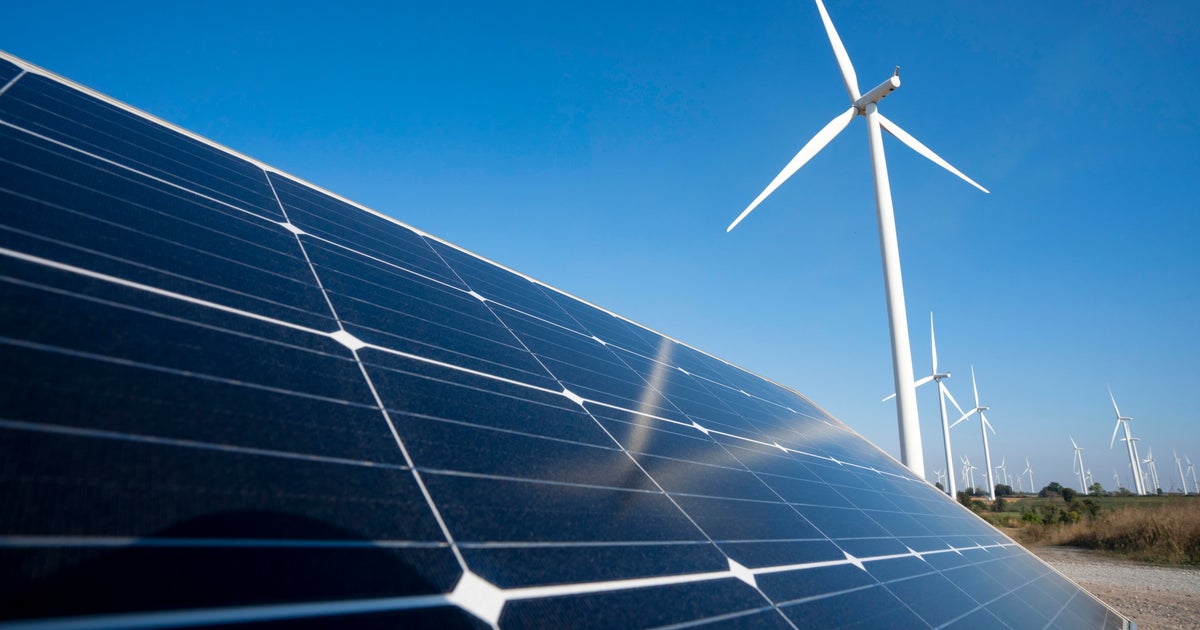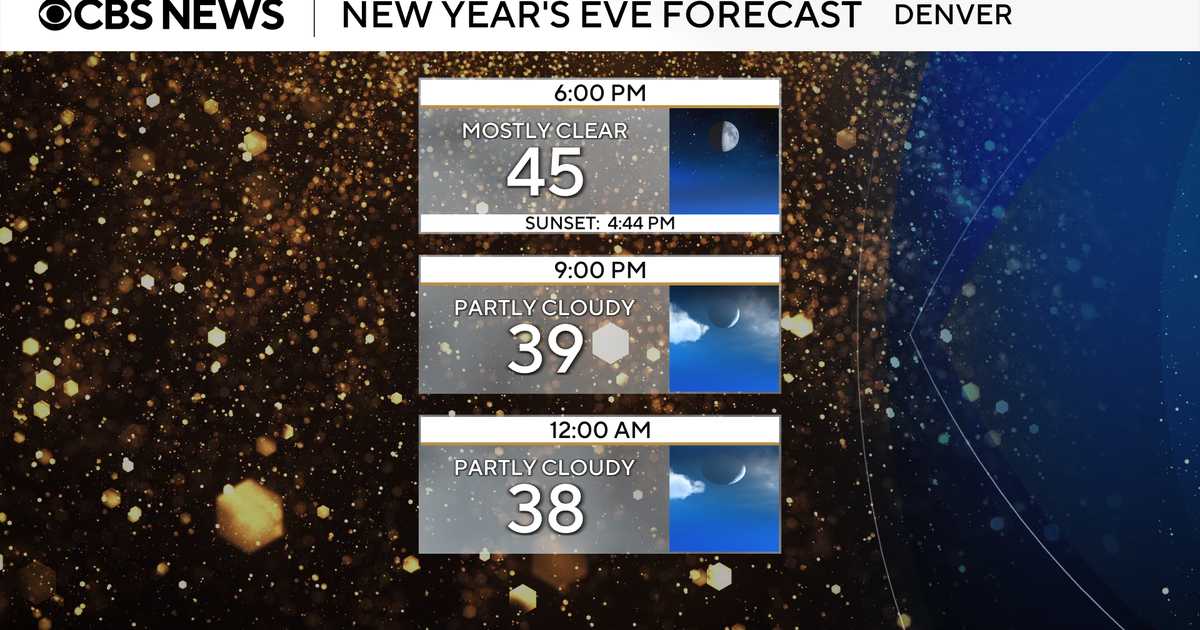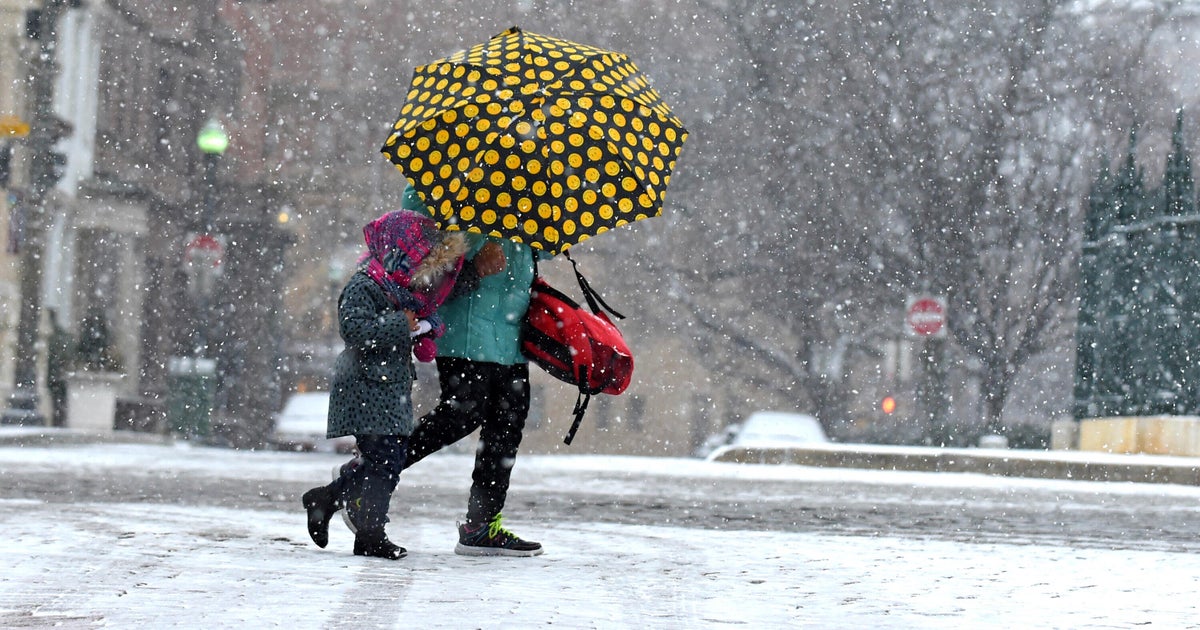Warming temperatures means more home runs at Major League ballparks
BOSTON - Home runs are flying out of Major League ballparks at record clips and there's new research that suggests climate change is helping fuel the power surge.
"Warmer air is less dense, so balls will fly further when hit in baseball," explains Dartmouth College Ph.D. Student Christopher Callahan.
Callahan looked at 100,000 games spanning 60 years. He's calculated warmer temperatures have helped add about 500 extra homers since 2010, and he expects those numbers to climb as global temperatures rise.
"Several hundred more home runs per year. That could rise to as many as 10% more per year, relative to what we have now," Callahan states.
Researchers say climate change is only one piece of the puzzle. Other factors include stadium construction, advanced player training, and analytics.
In Boston, Fenway Park is unique and is known as a hitter's park. We typically see higher scoring games and more home runs when the temperatures are warmer and when the wind is blowing from the west or southwest, out towards the Green Monster.
"Home runs are the best part of the game," one Red Sox fan says.
Lately, home runs have been a big hit at Fenway Park, but not all fans recognize homers as purely science.
"Hopefully Rafael Devers hits some home runs tonight, " says another Red Sox fan.
"I love the game, I love Fenway, love Boston, and love the home runs," exclaims another Red Sox fan.
The study looked at each Major League park and found that open aired Wrigley Field in Chicago would see the biggest surge in homeruns, about 15 per year while the domed stadiums obviously would see little or no impact. Fenway Park scored in the middle of the pack, with between 5 to 10 more home runs per season with a continued warming climate.








